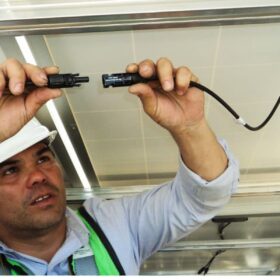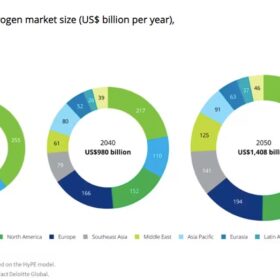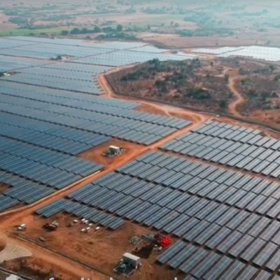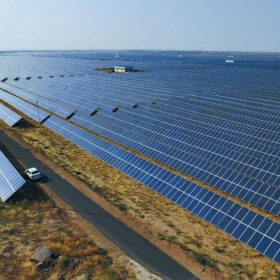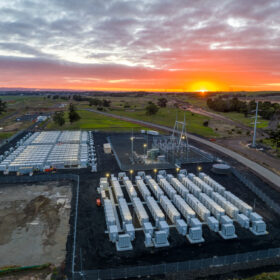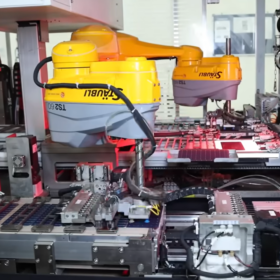The top causes of solar performance issues
A staggering 62% of inspected projects in USA were identified to have critical or major issues in a report by HelioVolt.
IEA-PVPS releases global benchmark for solar irradiance data
IEA-PVPS has published a report to help the solar industry to choose appropriate surface radiation models and data providers based on location and application requirements.
Hydrogen market to surpass LNG by 2030, says Deloitte
Deloitte says it expects steady hydrogen market growth, with annual revenue projected to hit $1.4 trillion by 2050, while Denmark and the Netherlands have started discussing hydrogen collaboration with the governments of Namibia, South Africa, and Morocco.
Bangladesh improves conditions for domestic independent power producers
The government of Bangladesh has taken steps to improve conditions for independent power producers (IPPs) that develop utility-scale projects, in order to attract more domestic investments in solar and renewables.
The future of trade finance in sub-Saharan Africa amidst hard currency challenges
With foreign exchange shortages plaguing sub-Saharan African economies, Bank One’s Head of Trade, Gerald Ndosi, explains what measures can be taken to overcome US dollar liquidity challenges, promote trade finance, and foster sustainable economic growth in the region.
India’s solar report card for FY 2022-23
India installed 9.8 GW of utility-scale solar and 2.2 GW of rooftop PV capacity in the twelve months ending March 31, 2023.
Japan’s vast wind and solar resources
To achieve its 2050 carbon neutrality commitment, Japan must eliminate greenhouse gas emissions from fossil fuels, as they comprise nearly all of its emissions. Fortunately, Japan has everything it needs to become energy self-sufficient, in the form of solar, wind, and pumped hydro energy storage.
Solar trees to light up parks, gardens in solar cities of Uttar Pradesh
Solar cities in Uttar Pradesh will host 1 kW solar trees with LED street lighting systems and 2.5 kW solar trees for the illumination of gardens and parks.
SJVN tenders 1.5 GW of firm power from renewables with storage projects
The state-run hydropower producer has issued a tender to select developers for the supply of 1.5 GW of firm and dispatchable power from renewable power projects with energy storage system. The projects can be located anywhere in India, provided these are connected to the interstate transmission system.
Australia commissions first big battery at a former coal site
The Hazelwood big battery has been commissioned at the site of the retired Hazelwood Power Station in the Latrobe Valley, Victoria. A collaboration between Engie, Eku Energy and Fluence, the 150 MW battery claims a number of Australian firsts.
